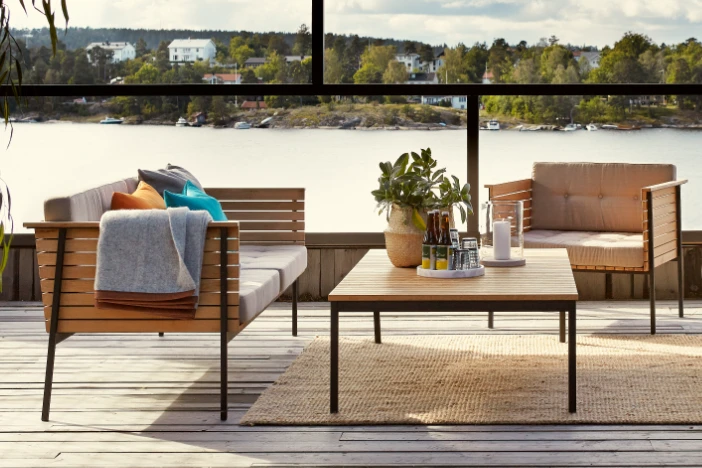
The right outdoor furniture can make all the difference in transforming your outdoor space. But with so many options available, choosing the perfect pieces can feel overwhelming.
That’s why, before exploring the ins and outs of different durable materials for outdoor furniture, it’s important to take a step back. Regardless of the type of material, outdoor furniture frames, tabletops and upholstery need to retain structural integrity and their appearance over many seasons, and through a variety of weather conditions.
This important first section of our guide sets the foundation for a better understanding of which outdoor furniture materials are best for your climate without compromising on your vision.
Balancing Durability and Aesthetics
While the allure of a stunning outdoor space is undeniable, true enjoyment hinges on furniture that’s both beautiful and built to last. Imagine investing in a gorgeous outdoor dining set, only to see it succumb to the elements within a season. Disappointing, right?
By prioritizing durable materials that are compatible with your climate and maintenance expectations, you ensure your furniture endures so you can enjoy it for the years to come. Choosing durable materials for outdoor furniture also translates to fewer replacements, saving you money in the long run!
Here are the top factors to consider when choosing outdoor furniture material:
1. Rain & Moisture
If you live in an area where there are frequent rainstorms or that has high humidity, you want to be sure that your furniture is resistant to damage from various water-based issues. Choosing outdoor furniture made from weatherproof materials is always a good idea, however, you must also be vigilant to maintain your pieces.
Standing water or retained moisture can not only physically degrade the material, but it can also lead to health risks. It is important to choose materials that are water resistant if you live in a rainy climate and use furniture covers to protect against the elements.

Mold, Mildew & Rot
Humid or moist conditions create an environment where various fungi thrive. Organic materials that retain water are susceptible to mold and mildew, which can cause respiratory problems, irritation and other health issues.
However, they typically don’t damage the material and can be cleaned off. Rot, on the other hand, leads to biodegradation and decomposition (decay) of the material. Wooden outdoor furniture is the most susceptible to rot if it’s not protected or maintained properly.
Rust & Corrosion
Metals that contain iron or steel are vulnerable to corrosion when they are continually exposed to water and oxygen. The corrosive oxidation process slowly weakens these metals, resulting in visible rust and other discoloration.
Salt in the air and water accelerates the chemical process, so rusting is often more prevalent in coastal regions. That’s why we say that the most durable material for outdoor furniture largely depends on your environment.
Warping
Materials that allow water penetration can dry unevenly, resulting in warping (twisting or bowing) of the original shape. Initially, it may be imperceptible, but over time it can noticeably distort the material, misalign seams and loosen screws and other fasteners used to hold the furniture together.
2. Sun & Temperature
On the other end of the spectrum is sun and high temperatures.
If you live in a sunny area or one with dramatic seasonal climate shifts, you’ll need to look for outdoor materials that can withstand damage from harsh UV rays and fluctuations from extreme heat to cold. Outdoor furniture made from weatherproof materials may also have special UV-resistant coatings to help protect against fading.

Fading
Constant exposure to the sun can cause many materials to fade and lose their luster over time. The aesthetic change can be appealing (e.g. patina) or simply a decreased vibrancy of color or uneven spotting.
You can keep patio furniture from fading by ensuring it stays out of direct sunlight – under an umbrella or awning. Or choose finishes that are more resistant to fading.
Cracking
Some materials noticeably expand and contract when they are heated or cooled. They can crack, split, warp or become brittle when exposed to extreme temperatures or drastic fluctuations. Dry air can also cause furniture to bend and crack.
Heat Retention
The heat can also lead to other logistical problems. Patio furniture that is left out in the sun can heat up, making it uncomfortable (or unsafe) to touch. Nobody wants to burn their skin when they sit down in or attempt to reposition a poolside lounge chair.
3. Wind
If you live in an open and extremely windy area, it’s important that your outdoor furniture is heavy enough that it doesn’t tip over or blow away. It doesn’t take much to damage a beautiful lightweight deck chair or dining table when challenging Mother Nature, so it’s better to be safe than sorry. Otherwise, you’ll need to continually store or secure your items when they’re not in use.

4. Durability
Even the best durable materials for outdoor furniture may last for years under ideal conditions but might need to be replaced every couple of seasons when exposed to inclement weather. Others can withstand a myriad of elements for a lifetime and still look new.
Another variable that relates to durability is usage. If you eat outside on your patio dining table only a few times each summer, then it will have less wear and tear than sun loungers and daybeds that line the poolsides of popular upscale resorts and hotels. The more frequent the use, the more durable outdoor furniture you need.

5. Cleaning & Care Difficulty
Aesthetic and functional durability is also affected by how well you take care of your patio furniture. Some materials require very little attention season after season and are quick and easy to clean with simple soap and water. Others require more time-intensive care and special products to keep them looking great and working properly.
If your time is at a premium, or you just don’t want the hassle, you may want to opt for lower maintenance materials.

6. Eco-Friendliness
Today, everyone is aware of the environmental impact of production processes and the raw materials that go into products, even if they don’t know the specifics. All things being equal, most people (hopefully) prefer to be ecologically responsible.
Fortunately, most luxury brands of outdoor furniture have adopted “green” manufacturing practices and utilize materials that are biodegradable, recyclable or certified by eco-friendly organizations like the Forest Stewardship Council (FSC). That said, different outdoor materials do vary in their renewability.

7. Cost
At the end of the day, almost everyone looks at the financial implications of choosing one material over another for furniture. You need to stay within your budget, but it’s also important to understand how expensive materials are in the long run and their price versus benefits value.
Will it need to be replaced frequently? Does it take an inordinate amount of time and effort to maintain? These are key cost considerations that you might not immediately think of when choosing outdoor furniture materials.

With this knowledge in hand, you’re well on your way to crafting the perfect outdoor haven with high-quality outdoor patio furniture. In the next chapter, we’ll take a closer look at the world of outdoor furniture materials, starting with a timeless classic: wood.

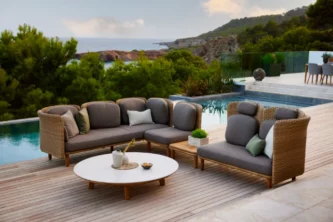
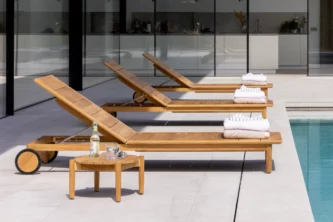
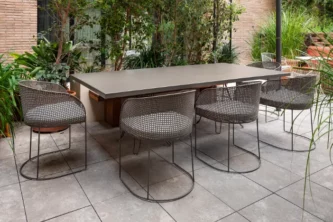
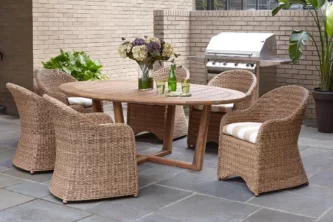
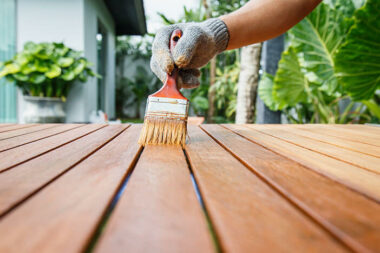
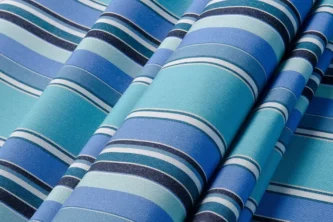
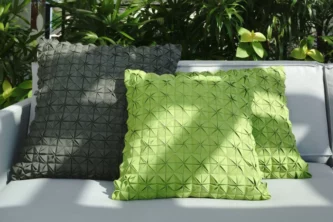
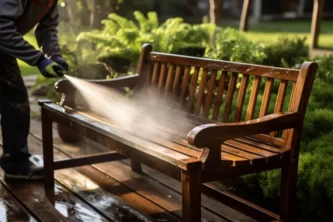








Leave a Reply